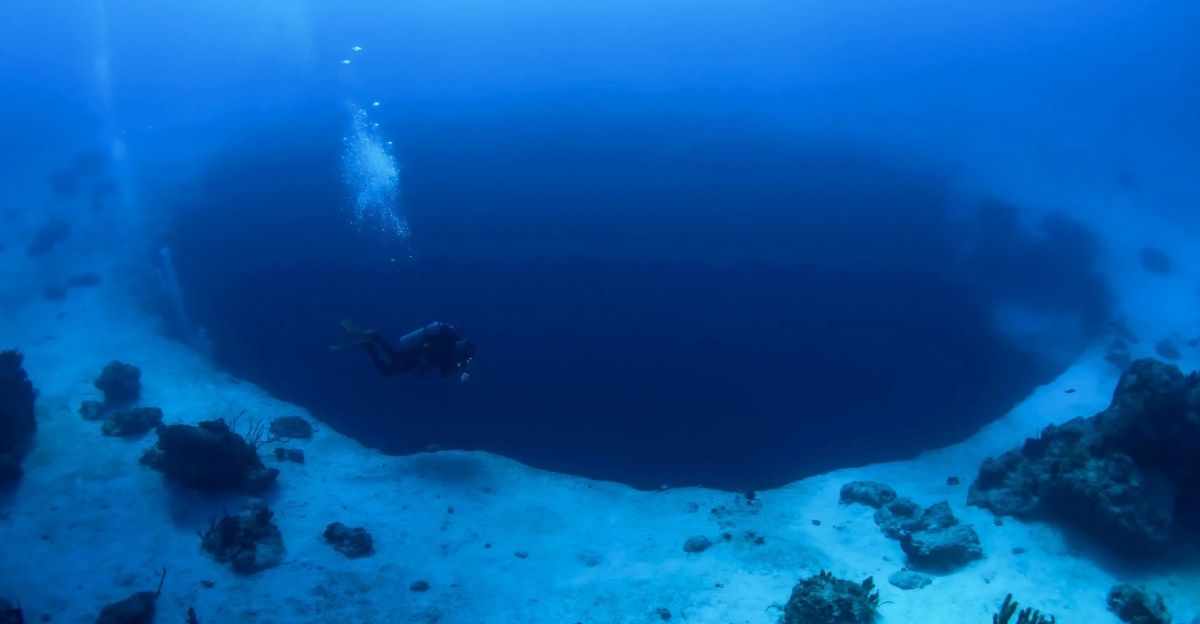
More than 60% of the Earth’s surface is covered in the deep ocean. Many have seemed to explore our beautiful oceans, yet 0.001% of our beautiful oceans remain a mystery. There is so much beauty in those uncharted territories. With technological advances and 99.999% left unexplored, the question becomes, should we engage and research to leave that other world underwater untouched?
The vast ocean is not merely empty and blank. It is a living system filled with organisms and ecosystems. Some scientists believe that there might be answers to great scientific memories to find, yet there are still challenges we face in exploring the ocean, such as extreme pressures, perpetual darkness, and freezing temperatures.
Milestones of Exploration
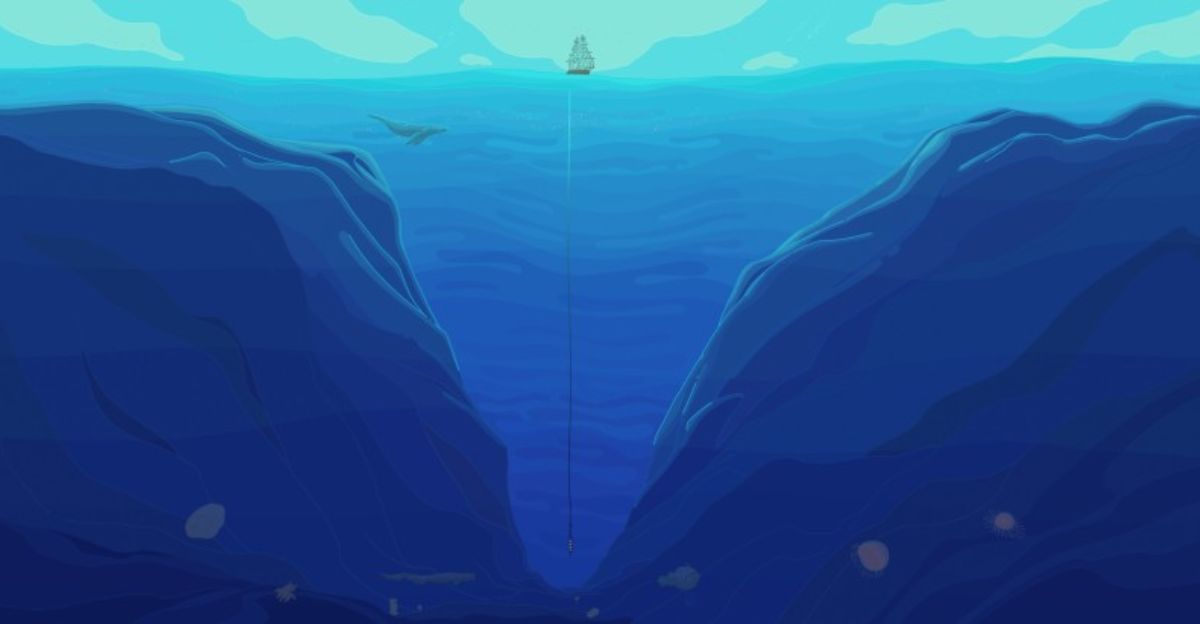
We as humans are curious creatures that continue to reshapes that have seen the occasional breakthrough our understanding of the ocean’s depths. We have been trying to explore the oceans for centuries with sailors and scientists trying to use simple tools such as weighted lines and nets to try gain access to the mysteries that lay beneath the surface.
The HMS Challenger’s expedition of 1872-1876 was one of the first systematic scientific explorations of the deep blue sea. It was this great exploration that yielded great results, with almost 4400 new marine species found over the course of 4 years at sea.
State of the Unknown

The area of the ocean floor that has actually been seen and surveyed is only the the size of Rhode island, a mere fraction compared to what could be explored. The deepest recorded part of the ocean is called the Mariana Trench.
It has depths exceeding 36 000 feet and is an environment so extreme in all ways that it literally challenges the limits of what we think life could be. How life can survive in these depths we do not yet fully understand. The vastness of that left unreached raises questions surrounding what humanity invests in for example more is invested into space exploration.
Biodiversity and Ecological Mysteries
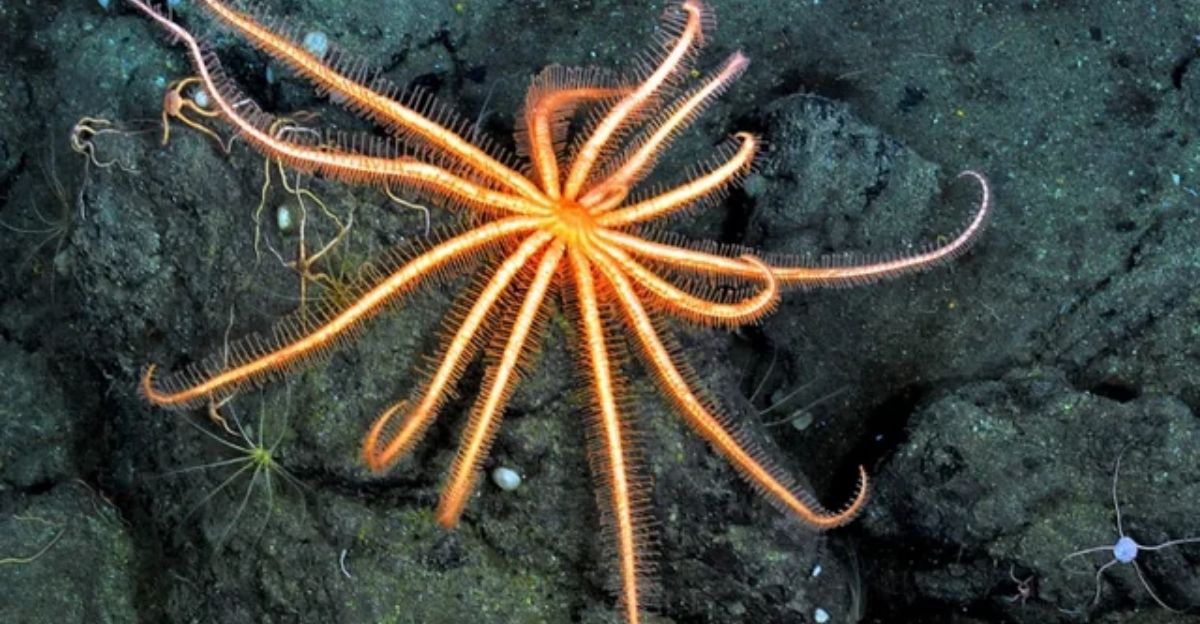
The extraordinary biodiversity of ecosystems that exist beneath the waves has defied all that we know and understand about life forms. Uniquely patterned and beautiful creatures dispersed on the ocean floor flourish and live in these extreme conditions. An example of such an extraordinary life form is the deep-sea brittle star. This sea star flourishes better in areas where there is high carbon export rather than in warm, sunlit waters, as we would expect.
These lifeforms challenge the ordinary. It challenges our beliefs and traditional theories about biodiversity. Suggesting that different ecological rules apply underneath the waves. The deep is an environment where food is scarce and it is energy-poor. Yet, life still finds a way to thrive.
Extreme Lifeforms and Adaptions
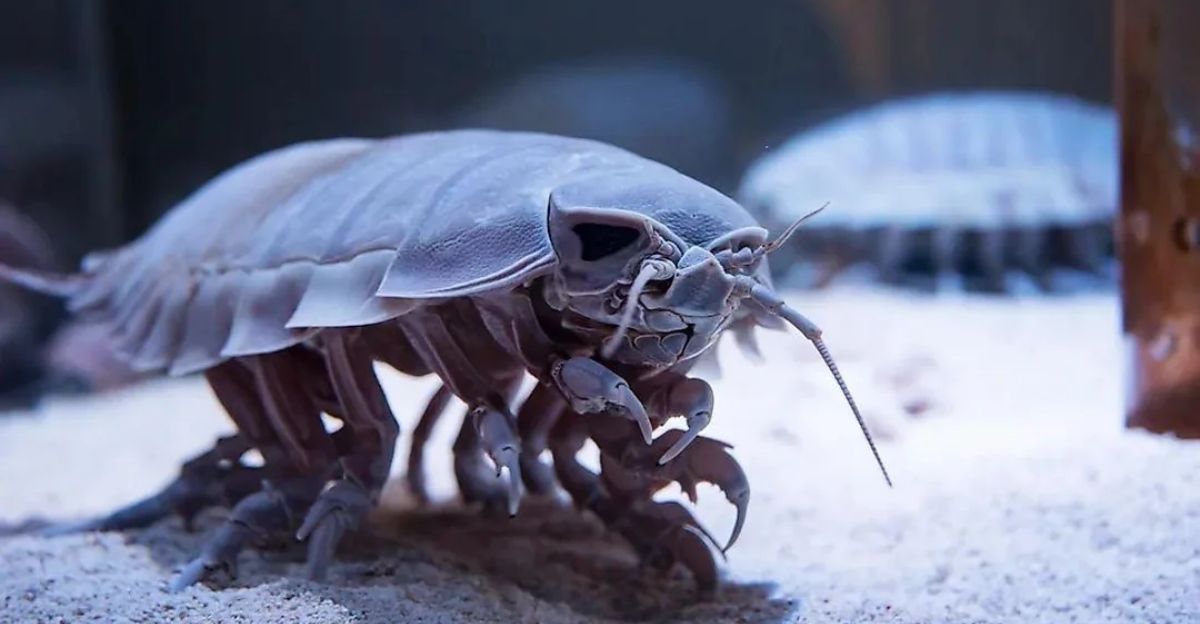
There are many varieties of lifeforms that have adapted to the harsh conditions in the deepest parts of the ocean. Giant isopods, which are scavengers could survive for months without any food an still grow up to a foot long. They overcome this challenge by slowing down their metabolism to effectively preserve their energy.
Another example is the Gulper eel, which adapted to consume prey much larger than them to survive. Scientists are curious about these adaptions, and more efforts and initiatives are launched to research these creatures to live despite overwhelming odds in these conditions. These lifeforms show us just how adaptable life can be.
Technological Innovations and challenges
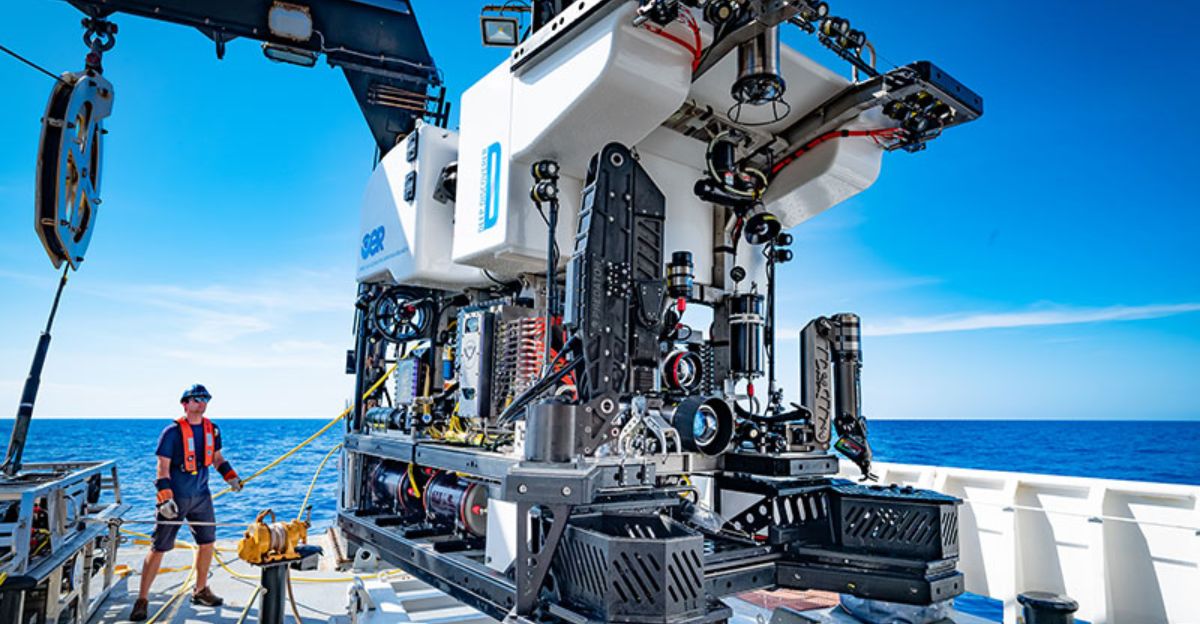
Because of the extreme pressures at the bottom of the ocean demand technological advances that are challenging for us to keep up with. Submersibles and remotely operated vehicles (ROVs) have been built with special materials that could withstand these crushing forces of the depths.
The addition of sonar in the early 20th century truly revolutionized our perceptions of the ocean floor. Pioneered by Auguste Piccard, the addition of bathyscaphe gave way to the historic dive into the Challenger Deep (1960). In modern times, automatic underwater vehicles (AUVs) that are fully equipped with cameras, robotic arms, and sensors allow scientists to gather samples for further research. Metallic nodules, hydrothermal vent deposits
Threats to the Unexplored
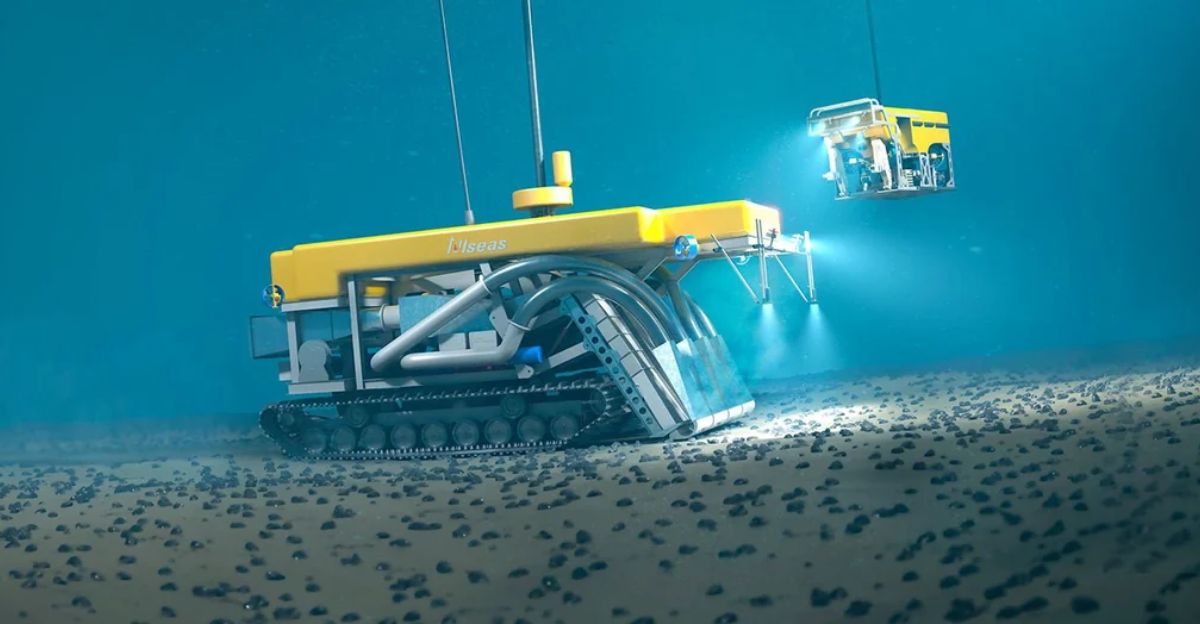
Yes, some of the ocean has remained unaccessible to us at this time but there are increasing risk of humanities actions that threaten our oceans to its core. Human activities could threaten the fragile ecosystems and global environmental issues such as global warming could lead to irreversible consequences for our oceans and the life forms that florish within.
Deep sea mining operations disturbed this mysterious underwater world. Deep sea mining focuses on mineral deposits on the ocean floor. Extraction of polymetallic nodules, cobalt-rich crusts, and hydrothermal vent deposits could destroy whole ecosystems down there, ecosystems that might never recover.
Social and Scientific Implications

Would you believe that some new species that have been discovered in the ocean has lead to great medical breakthroughs. An example of such a breakthrough is the use of enzymes from extremophiles, which are used in PCR tests as well as cancer treatments.
Deep sea organisms pose unique biochemical pathways that could provide critical materials for pharmaceuticals as well as other industries. Some of these attributes are found nowhere else in the world. Some elements that are found down in the deep that we are mining are used for technological advances in smart cars and smart cell phones. We are genuinely in debt to the great big blue sea. This is the catalyst for how we treat these oceans and their societal implications.
Speculative Perspectives
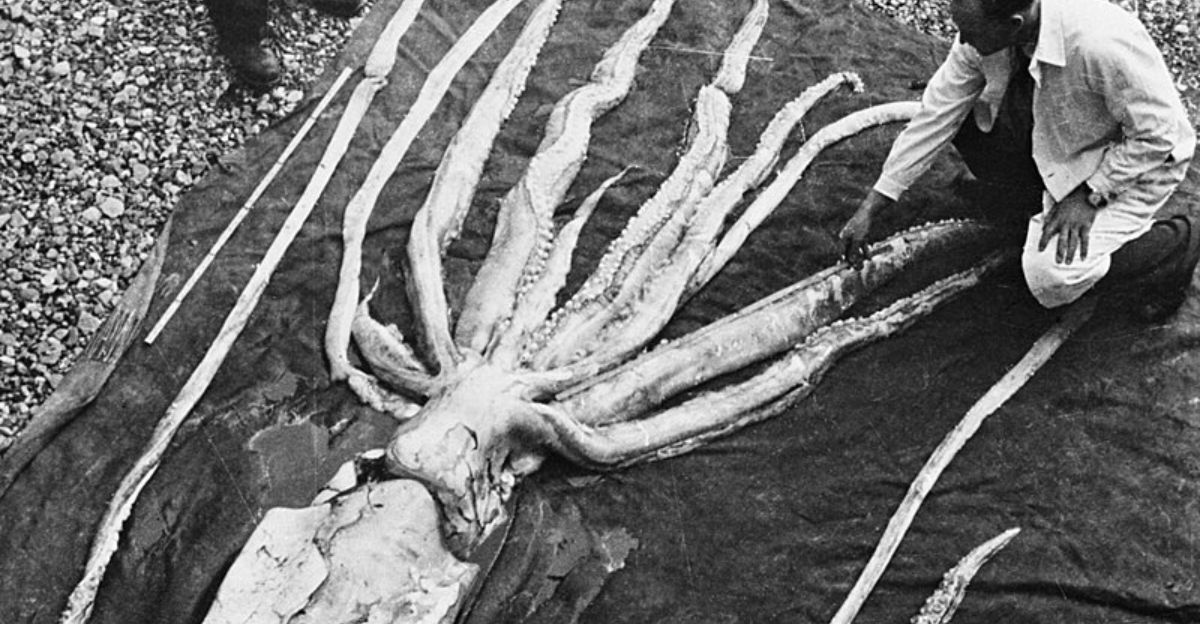
The ocean is an inhospitable environment. There is a growing body of evidence that life on Earth is far more complex than we could have ever imagined. Some even suspect that the ocean is home to megafauna, such as the mystery of the giant squid. The possibility of the existence of new species that we have not yet discovered inspires those with a love for maritime adventure to adventure further and deeper.
Life flourishes not only on a grand scale but also on a micro-scale, where meteorites and microbial life seem almost extraterrestrial to us. Some believe that the ocean is a great new frontier for science and imagination.
Psychological studies have shown that we have a deep-rooted fear of the unknown and the ocean is a deep, dark unknown place. Are we wise to fear it? This fear is mixed with an curiosity that motivates us transforming this great mysterious place almost into a puzzle we wish to solve. The more answers we get the more we want.
Yet, we have a moral obligation to draw in our aspirations in order to protect the ecological environments. We should not only value but also protect our oceans. Take not more than we need and make sure that our engagement does not pose a risk to the beautiful world that is not ours to disturb.
Explore more of our trending stories and hit Follow to keep them coming to your feed!

Don’t miss out on more stories like this! Hit the Follow button at the top of this article to stay updated with the latest news. Share your thoughts in the comments—we’d love to hear from you!







